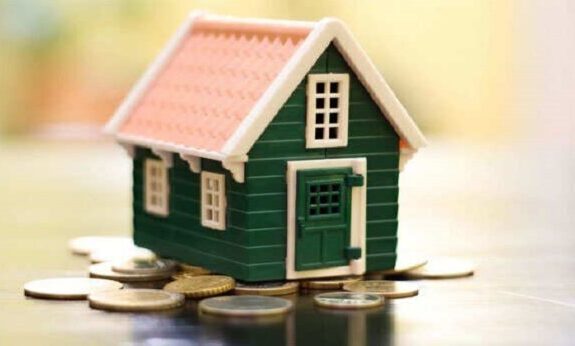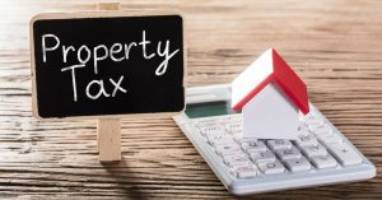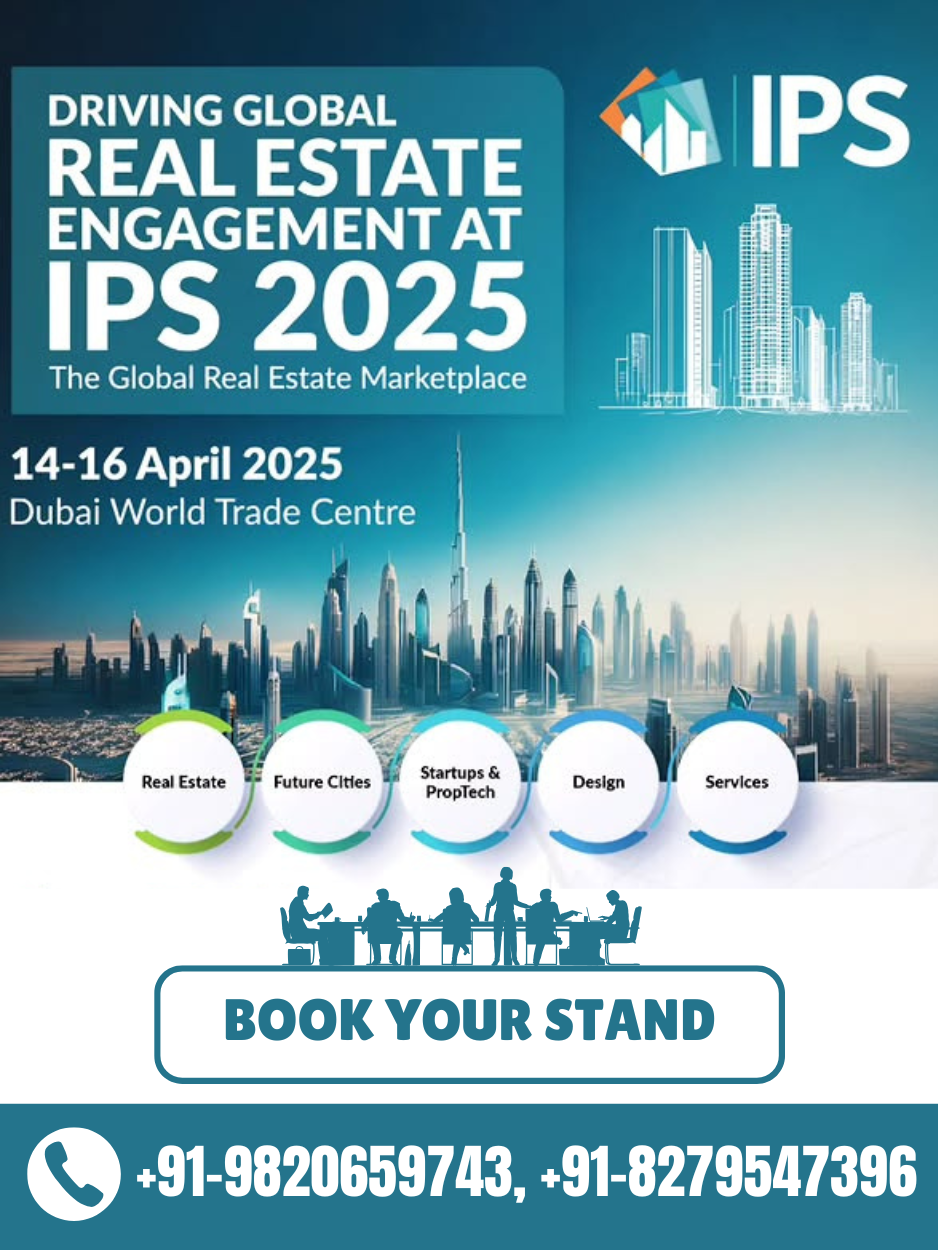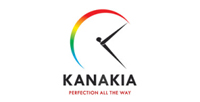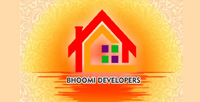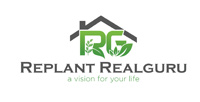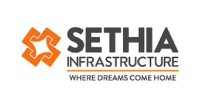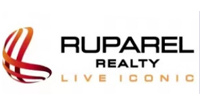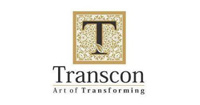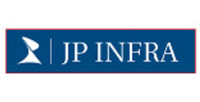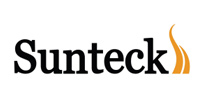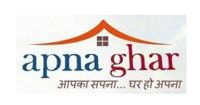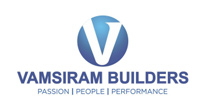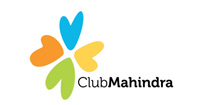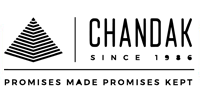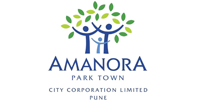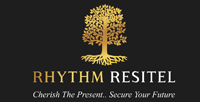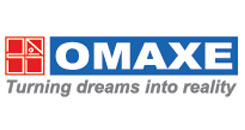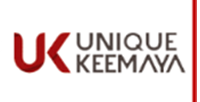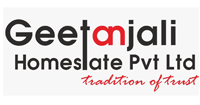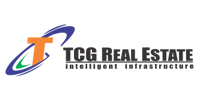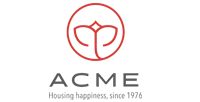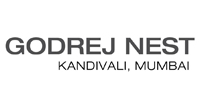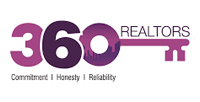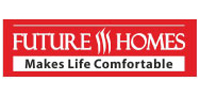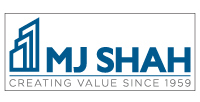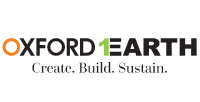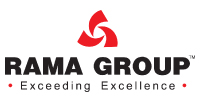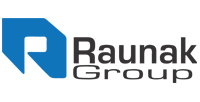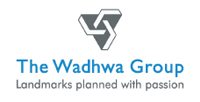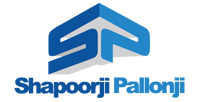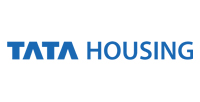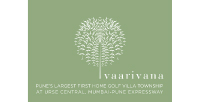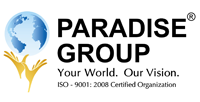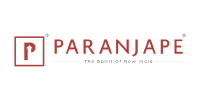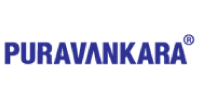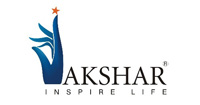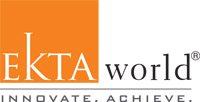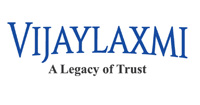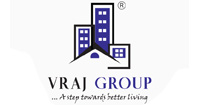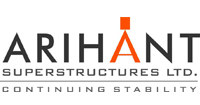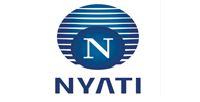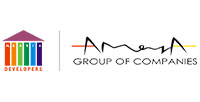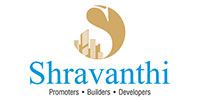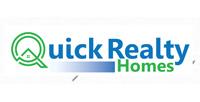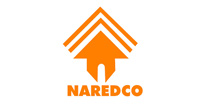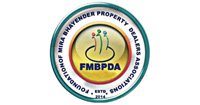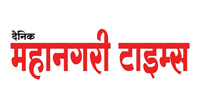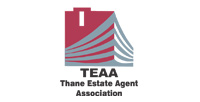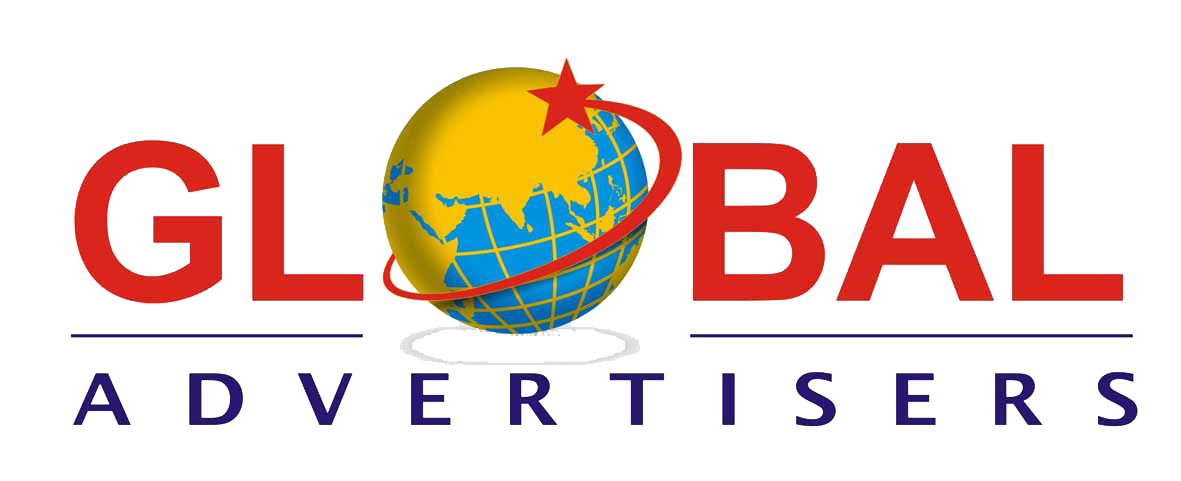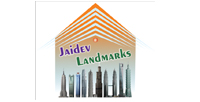The Evolution of City Life: Homes, Offices, and Leisure in One Space
Authored by Mr. Nikunj Sanghavi, Managing Director of Veena Developers
With the concepts of convenience, efficiency, and sustainability at the heart of urban planning, the Indian city is witnessing increasing traction with the concept of mixed-use developments.
These are being created as a singularly designed residential, commercial, and retail space combination and changing the way people live in the city.
Mixed-use developments would be the answer to the evolving needs of modern urbanites as the urban centers continue to face increasing population, rapid growth, limited space, and traffic congestion.
Why Mixed-Use Developments Make Sense for Mumbai
For anyone who’s lived in Mumbai, commuting is often the biggest ordeal. The hours spent stuck in traffic or squeezed into a crowded local train take a toll on both productivity and well-being.
Mixed-use developments address this head-on by bringing homes, workplaces, and leisure zones together. They eliminate the need for long-distance travel, freeing up precious hours to spend with family, pursue hobbies, or simply relax.
Mumbai’s unique geography and scarcity of land make vertical growth the only viable solution. While high-rise residential towers have been the norm for years, they often feel disconnected from the city’s pulse.
Mixed-use developments, on the other hand, offer a more integrated approach. By creating self-contained hubs, they optimize space while encouraging a sense of community—a rarity in a city where people often feel like strangers to their neighbors.
Transforming Neighborhoods Across the City
Mumbai has already witnessed the success of such integrated spaces. The Bandra Kurla Complex (BKC) stands as a shining example.
Initially envisioned as a business district, BKC has evolved into a thriving mixed-use hub, with luxury residences, five-star hotels, high-end retail stores, and restaurants complementing its corporate offices. What was once an underutilized marshland is now a prime example of how thoughtfully planned developments can transform an area.
Similarly, the mill lands of Lower Parel, once synonymous with Mumbai’s industrial heritage, have been reimagined into mixed-use ecosystems.
Today, you’ll find residential towers standing shoulder to shoulder with office spaces, fine dining restaurants, and malls. Areas like Lokhandwala, Goregaon, and Thane are also seeing a surge in such projects, catering to families, professionals, and even young millennials seeking a balanced lifestyle.
The Millennial Factor
Mumbai’s young professionals and millennial population are playing a significant role in driving this shift. For them, life is about experiences and convenience.
They don’t want to waste hours commuting or live in isolated neighborhoods far from work or social hubs. Mixed-use developments cater perfectly to their needs, offering proximity to offices, trendy cafes, fitness centers, and vibrant social spaces.
Moreover, the rising trend of startups, bootstraps, budding MSMEs, and home entrepreneurs further escalates the demand for co-working spaces.
The new generation also craves for flexibility, which can explain why co-living and co-working spaces find places within mixed-use developments. This development creates a lifestyle in which living, working and socializing seamlessly integrates. For those who prefer their time and connectivity above all, it’s perfect.
Latest Trends and Market Analysis
The mixed-use property market in Mumbai has been witnessing a lot of growth. According to recent reports, the sector witnessed an increase in sales figures in 2023.
Mixed-use development properties accounted for nearly 18-20% of all new real estate launches in the city, which is a 25% increase from 2022. These projects now account for a larger share of the market than traditional residential and commercial properties.
The sales figures also indicate an upward trajectory. According to a JLL India report, mixed-use developments in the Mumbai suburb witnessed an upswing of 30% demand lately.
In the premium space, prices in mixed-use developments were seen increasing by 10-15% year-on-year on account of the comfort it offers as well as rising demand for integrated living.
The mixed-use sector in Mumbai promises growth. The market will grow at 12-15% per annum for the next five years because more developers realize integrating work, life, and leisure into one space can work.
According to the Indian Property Index, the sector is expected to have a CAGR of 14% by 2027 through changes in consumer preferences and infrastructural developments such as the metro network and new highways.
Mixed-use developments are being driven by the infrastructure boom in Mumbai. The Thane-Borivali Twin Tunnel and Goregaon-Mulund Link Road improve east-west and suburban connectivity, reducing travel times by a significant margin.
The expansion of the Mumbai Metro, including the Thane-Bhiwandi-Kalyan Line, is enhancing accessibility across key hubs, while the Oshiwara District Centre (ODC) is emerging as a vibrant mixed-use zone.
Together, these are changing Mumbai into a city of integrated, accessible, and sustainable spaces, shaping urban living and propelling growth in the real estate market.
The Way Forward
The future of mixed-use development in Mumbai lies in thoughtful urban planning and sustainable design. As metro stations will become the central elements in urban mobility, incorporating them into mixed-use hubs is going to be the difference-maker. Imagine stepping out of your apartment complex into a metro station that connects you to the rest of the city—a seamless mix of convenience and efficiency.

